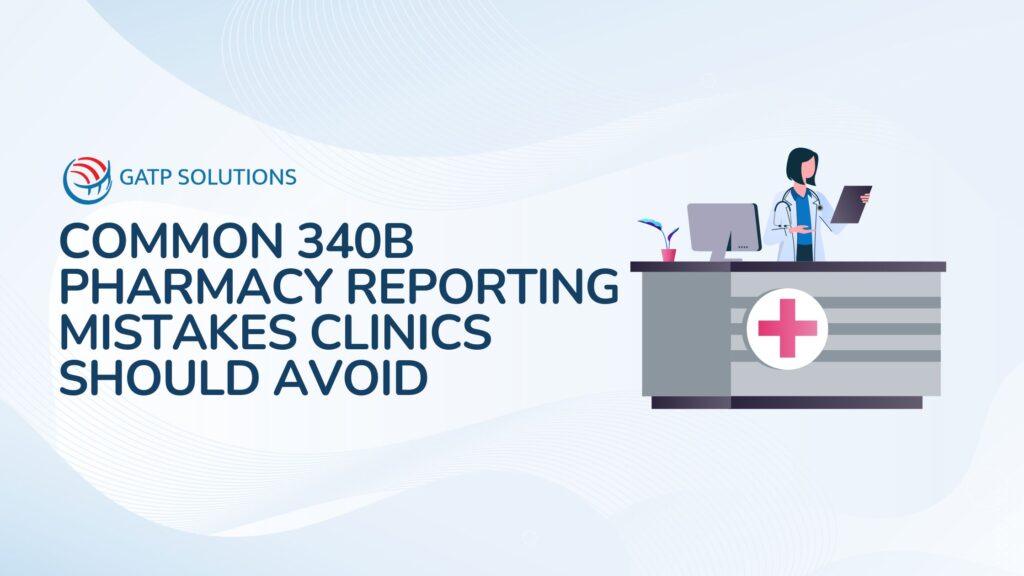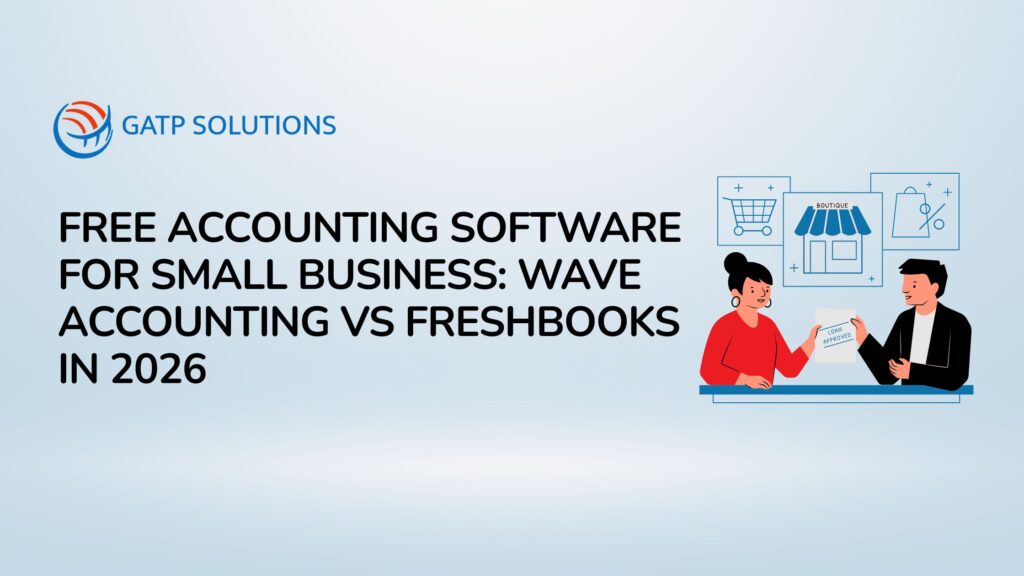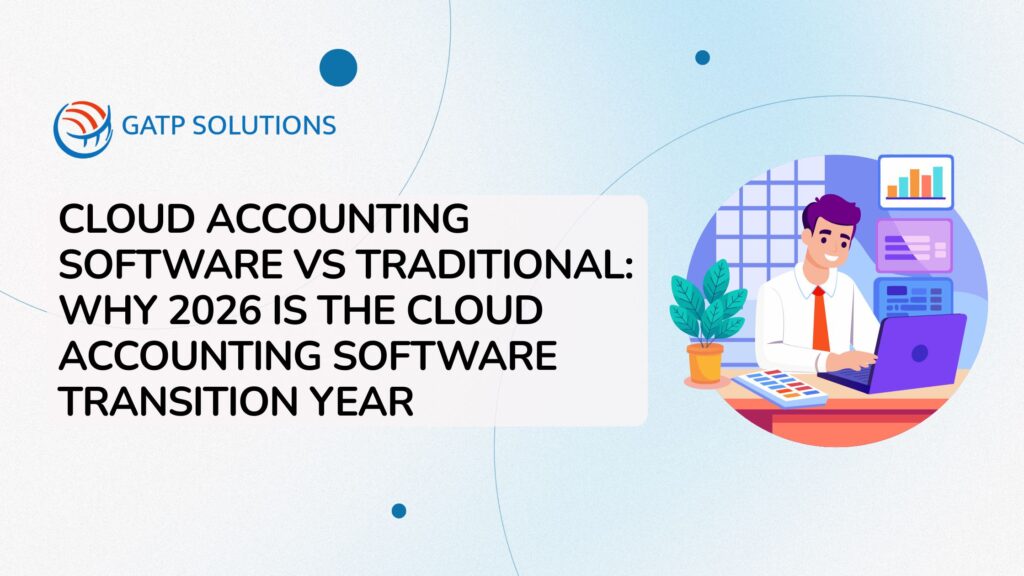The 340B program was created to help hospitals and clinics provide discounted medications to their outpatients. The goal of the drug pricing program was to help such organizations use their savings to expand services, fund outreach programs, and improve patient care.
But the question many compliance teams ask is: what is 340B program reporting really about? Well, reporting compliance depends on accurate documentation, transparent reporting, and adherence to federal requirements. Still, every year, the HRSA 340B audits uncover recurring mistakes that cost organizations savings and may risk their chances of further participation in the program.
In this blog, we will explore the most common 340B pharmacy reporting mistakes and how you can prevent them for better compliance.
Database and Registration Errors in 340B OPAIS
The 340B OPAIS database is the backbone of compliance. It includes details about the covered entities, contract pharmacies, and eligibility information. When the system does not show accurate information, the process can get messed up.
Common errors include:
- Filing incorrect Medicare Cost Report dates, which affects eligibility.
- Leaving duplicate or inactive contract pharmacies in the database.
- Forgetting to add new outpatient facilities.
- Poor provider file management, such as failing to update prescriber lists.
Even if you have small laps in OPAIS, it will create troubles during your audits. Hence, you must regularly review and update your records to reduce any potential risks.
Medicaid Exclusion File and Duplicate Discount Issues
The Medicaid Exclusion File (MEF) helps prevent duplicate discounts by ensuring that Medicaid programs don’t claim rebates on drugs already bought at 340B prices. Unfortunately, many clinics mishandle this process.
Frequent mistakes include:
- Allowing files to become outdated.
- Overlooking state-specific billing details such as BIN or PCN numbers.
- Failing to coordinate updates across multiple TPAs.
It is important to maintain accurate MEFs for every 340B report as duplicate discounts are one of the most common audit triggers.
Patient and Provider Eligibility Challenges
Patient eligibility has always been one of the most complicated compliance areas. HRSA has a requirement that patients need to have an established relationship with the covered entity, but the process is not straightforward, which leads to a lot of confusion and room for potential mistakes.
Scenarios that cause confusion:
- Patients who use multiple locations within a health system.
- Contract pharmacies that serve many covered entities at once.
- Prescriptions written in ER or discharge settings.
Often times, provider eligibility always creates issues. A lot of clinics often miss removing terminated physicians, mishandle part-time or resident providers, or forget to update lists across the systems. Though minor, these errors can very easily be flagged during HRSA 340B audits.
340B ESP Reporting Mistakes
The 340B ESP platform was introduced to improve transparency with manufacturers. The clinics need to submit data twice each month, but compliance for the same is really tricky.
Common ESP mistakes:
- Missing deadlines for submissions.
- Formatting files incorrectly (wrong NDC codes, NPIs, or missing fields).
- Submitting duplicate claims.
- Not monitoring price restoration closely.
These lead your clinic to miss out on discounts, pay higher costs and lose revenue opportunities. Why take the chance?
Contract Pharmacy Compliance Gaps
Contract pharmacies are now an essential part of the 340B pharmacy model, but they also bring added complexity. This area is now a growing focus in audits as per HRSA.
Frequent issues include:
- Skipping independent audits, even though they are now required.
- Weak inventory management that leads to ineligible prescriptions slipping through.
- Failing to monitor carve-outs properly.
These mistakes can be costly for you because of the financial scale of contract pharmacy. It is important for clinics to put strong oversight procedures in place to be in much better positions during the HRSA reviews.
Documentation and Record-Keeping Failures
Accurate documentation is one of the simplest compliance step and is often neglected by the covered entities. HRSA requires auditable records for every 340B related transaction and still many clinics do not maintain them with consistency.
Examples of weak documentation:
- Missing wholesaler order records.
- Lack of screenshots or proof of unavailability during drug shortages.
- Disorganized record-keeping that makes it difficult to respond during audits.
Even if your compliance practices are solid, poor documentation can still result in findings during an HRSA 340B audit.
Technology and System Integration Problems
Even though you might be using the best technology to make your compliance easier, any misconfigured systems can create troubles.
Technology risks include:
- EMRs failing to identify eligible patients or prescribers.
- TPAs are configured differently across systems, leading to inconsistent provider files.
- Lack of ongoing validation, leaving default settings unchecked.
These issues often cause diversion or duplicate discount errors. Hence, clinics should regularly review and test their systems to avoid any discrepancies.
Best Practices for Stronger HRSA 340B Compliance
Though the above mentioned mistakes are quite common, they can be easily prevented with the right strategy. The following are the recommended best practices you can follow to avoid any common mistakes:
- Conduct regular self-audits: Clinics should establish a schedule for internal reviews to identify errors before they are flagged in an official HRSA 340B audit. Regular audits strengthen accountability and keep reporting consistent.
- Keep policies and procedures current: Updating written policies in line with changing state and federal regulations ensures that staff are working from the most accurate guidance.
- Provide ongoing staff training: Compliance requirements change with time, and frequent training helps staff stay informed about documentation standards, billing practices, and eligibility rules.
- Require independent contract pharmacy audits: External audits provide an unbiased view of contract pharmacy operations and highlight gaps that internal teams may overlook.
- Monitor every 340B report in real time: Real-time monitoring helps clinics to catch discrepancies early, ensuring that claims are submitted correctly and reducing the risk of revenue loss.
- Validate EMR and TPA systems continuously: Technology should be tested and validated on an ongoing basis to prevent misconfigurations that can lead to diversion or duplicate discount errors.
By implementing these measures, compliance becomes integrated into daily operations, helping you to address potential risks proactively instead of reacting after problems arise.
How GATP Solutions Helps Clinics Improve 340B Pharmacy Reporting
Managing the 340B pharmacy program takes more than just checking compliance boxes. It demands a blend of expertise, reliable systems, and a partner that understands the realities clinics face every day. That is where GATP Solutions steps in. We work alongside healthcare organizations to simplify processes and build confidence in their compliance approach.
How GATP Solutions supports clinics:
- Streamlined reporting and timely submissions: We help ensure data is captured and submitted correctly, reducing the risk of missed savings.
- Ongoing compliance monitoring: Our team provides self-audit support and guidance so clinics can catch and fix issues before they become audit findings.
- Accurate 340B OPAIS data management: We assist with keeping records current and error-free, a critical step in protecting eligibility.
- Contract pharmacy oversight: From independent audits to inventory management, we strengthen controls and safeguard operations.
By partnering with GATP Solutions, clinics gain more than just technical help. Contact us to know more.
Conclusion
The most common 340B pharmacy reporting mistakes such as OPAIS errors, Medicaid Exclusion File issues, ESP reporting failures, contract pharmacy gaps, and weak documentation can all be avoided with careful oversight.
HRSA 340B audits consistently show that organizations with accurate reporting, strong documentation, and effective monitoring practices are necessary for compliance. By adopting best practices and working with compliance partners like GATP Solutions, clinics can safeguard eligibility and maximize program savings.
The 340B program is a vital resource for hospitals and clinics, but it requires consistent attention to detail. Avoiding reporting mistakes helps ensure the program remains sustainable and continues to expand access to affordable care for patients.
Key Takeaways
- Keep 340B OPAIS data accurate and updated.
- Maintain current Medicaid Exclusion Files to prevent duplicate discounts.
- Strengthen patient and provider eligibility checks.
- Submit precise and timely 340B ESP reports.
- Conduct independent audits of contract pharmacies.
- Preserve thorough documentation for every transaction.
- Validate EMR and TPA systems on an ongoing basis.
Frequently Asked Questions
1. What is 340B reporting and why is it important for multi-clinic healthcare providers?
340B reporting is the process of tracking, validating, and documenting drug purchases, claims, and compliance under the 340B Drug Pricing Program. For multi-clinic entities, accurate reporting ensures program integrity, audit readiness, and maximized savings across child sites and contract pharmacy networks.
2. How can healthcare systems streamline 340B reporting across multiple clinic sites?
Healthcare providers can streamline 340B reporting by implementing centralized governance, adopting enterprise-level 340B management software, automating data workflows, and standardizing compliance policies across all sites.
3. What role does a 340B contract pharmacy play in reporting?
A 340B contract pharmacy expands patient access to discounted medications outside the hospital. However, it adds complexity to 340B reporting, requiring robust data integration, reconciliation of claims, and centralized oversight to avoid compliance risks.
4. How does 340B ESP affect reporting requirements?
340B ESP submissions demand accurate, timely, and standardized reporting data. Automated claim reconciliation and integrated workflows reduce resubmission delays and help providers stay compliant with manufacturer reporting requirements.
5. What are the key 340B Medicaid billing challenges in reporting?
Common 340B Medicaid challenges include duplicate discounts, state-specific billing requirements, and mismatched claim data. Automated Medicaid alignment in 340B reporting ensures accuracy and minimizes audit risks.
6. What technology solutions improve 340B reporting efficiency?
Enterprise-wide 340B management platforms, automated data reconciliation tools, and real-time compliance dashboards are among the top solutions that streamline reporting for multi-clinic providers and contract pharmacy networks.
7. How do 340B program pharmacy partners impact reporting workflows?
A 340B program pharmacy must integrate with hospital billing systems, EHRs, and claims workflows. Unified reporting structures and automated reconciliation strengthen collaboration between providers and pharmacy partners.
8. How do state-specific rules influence 340B reporting compliance?
State Medicaid agencies often impose additional 340B billing requirements. Multi-clinic providers must adopt automated reporting tools that handle both federal and state-level compliance to maintain program eligibility.
9. What KPIs should organizations track for effective 340B reporting?
Key performance metrics include claims qualification rates, audit readiness, WAC spend reduction, contract pharmacy performance, data feed accuracy, and compliance monitoring indicators.
10. How can GATP Solutions support healthcare providers with 340B reporting?
GATP Solutions offers automated reconciliations, audit-ready workflows, and enterprise-level visibility into financial and compliance performance. The platform ensures 340B ESP, Medicaid, and contract pharmacy reporting compliance across multi-clinic entities.




